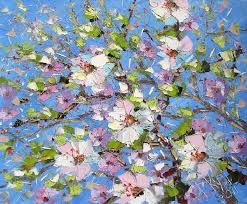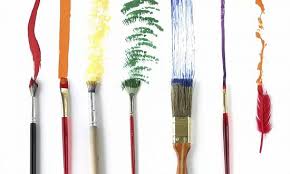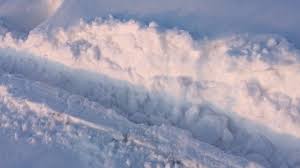ABOUT AQUARIAN PAINTING TECHNIQUE (part 1)
 The element of water and paint
The element of water and paint
Despite the availability and prevalence, the watercolor technique remains mysterious and incomprehensible to many, both amateurs and professional artists. Despite the apparent lightness, this material, which is natively associated with water, because of its disobedience and spontaneity, creates many problems for those who neglect the need for patient study.
Starting the story about the watercolor technique, you need to recall what, in fact, means “watercolor” in the dictionary sense, since the key to understanding lies in the word itself.In the article by O.V. Mammoth in the Great Soviet Encyclopedia we read: “Watercolor (French aquarelle, from Italian acquerello, from Latin aqua – water), paints (usually on vegetable glue), bred with water, as well as painting with these paints.”
“Water” is the first keyword that needs attention. In a broader sense, the word “water” means one of the four elements that exist in nature. From the spontaneity and unpredictability of water, combined with paints, and from the master’s ability to control the humidity of a picturesque space, all possible options for understanding watercolors and ways of owning it arise. This circumstance reveals the mood, temperament and character of the master in his work.
The logic of this relationship is simple. If we cannot cope with watercolors, with its flowing nature, then we try to rid it of “excess” water. So there is a need to use small glaze and small strokes, so that by adding, layering, “blind” the image in a dry way.
If the “water space” is not scary and there is a desire to submit to the water element of color or enter into a struggle with it, then work can be carried out in a state of vibrant movement of water. Such painting will undoubtedly require a certain courage, ingenuity and agility. So spectacular wet work is obtained.
Dry painting is often used in the open air, when there is no way to retain moisture on the sheet for a long time. Probably, in this way, under the sultry sun of Italy, a picturesque manner was formed, now called “Italian watercolor”. In the classical sense, work in this manner is carried out by watercolor on dry paper: a contour drawing is applied with a brush and then it develops shadows. From this way of working, a mosaic manner of writing was formed, mostly in case-by-case, that is, opaque, covering watercolor paints, and a manner of writing with transparent glaze paints, which is commonly called the technique of multi-layer painting. The Italian style of writing has become the main tradition in watercolor technique for the Russian academic school of the XIX – XX centuries.
In the history of watercolors there are examples of the official use of the material, and they also belong to the “dry” techniques.
Until the 17th century, watercolors were mainly used to decorate church books; it performed ornaments, miniatures, and capital letters. Watercolors were used by Renaissance masters to design sketches for frescoes and paintings, these were drawings (“cardboards”), often very large sizes, pencil-stained and painted with transparent watercolor paints. Therefore, in the watercolors of the old masters, the strokes of a pencil or pen always appear through the paint. Later academic artists also used watercolors in the design of small-sized sketches for canvases and paintings. The combination of a light, transparent layer of watercolor with a pencil or pen drawing is called “watercolor painting.”
In the eighteenth and nineteenth centuries, participants in scientific and military expeditions widely used watercolor technique using weakened contours and shading with a brush to sketch archaeological and geological objects, plants, animals, and in landscape sketches. Architectural and topographic plans, various drawings and prints were also painted with watercolors. This type of technical watercolor painting was called “illumination.”
“Illumination” (coloring, coloring of a drawing made by a pen) was also the earliest name for the watercolor technique itself, and after the advent of printing, they called the special branch of book printing – coloring of printed books and especially prints. From the sixteenth century, the Illuminists called artisans who painted cheap prints for fairs, markets, etc.
In the monastic manuscript practice in the Middle Ages another name was born – “miniature”, from the words “minium”, “miniare” – to write or paint with lead minium, red paint, “miniatura” – dyeing, writing, decoration with minium uppercase letters, headpieces, endings. The concept of miniature did not have modern content related to size, in the Middle Ages the process of painting a picture with paints on an aqueous adhesive solution was called that, almost always cherry.



